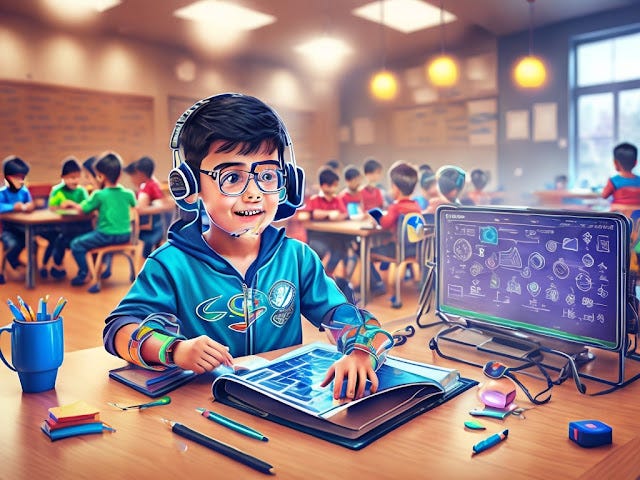
Fashion is more than just clothing; it’s a reflection of culture, society, and individual expression that has evolved significantly over centuries. From ancient civilizations to modern trends, the story of fashion is one of innovation, influence, and constant change.
Ancient Beginnings
Fashion traces its origins back to ancient civilizations like Egypt, where clothing not only served practical purposes but also symbolized social status and identity. The Egyptians crafted garments from linen, emphasizing simplicity and elegance in their designs. Similarly, ancient Mesopotamians used wool and linen for their attire, showcasing intricate patterns and draping techniques.
In ancient Greece, fashion became intertwined with philosophy and aesthetics. The Greeks valued harmony and proportion in their clothing, which ranged from draped garments like the chiton to more structured pieces like the peplos. Fashion in ancient Rome, on the other hand, reflected the empire’s expansion and diversity, with clothing evolving to signify wealth, citizenship, and occupation.
Medieval and Renaissance Elegance
The Middle Ages saw fashion evolve alongside the feudal system. Clothing became a marker of social hierarchy, with sumptuary laws regulating who could wear certain fabrics and colors. The Renaissance brought a renewed interest in art, culture, and fashion across Europe. Italian cities like Florence and Venice became hubs of fashion innovation, with luxurious fabrics, intricate embroidery, and tailored silhouettes defining the era.
The Birth of Modern Fashion
The 17th and 18th centuries witnessed the rise of haute couture in France. Royal courts became centers of fashion influence, with designers like Charles Frederick Worth establishing the first fashion houses. The Industrial Revolution in the 19th century brought mechanization to textile production, making fashionable clothing more accessible to a wider audience.
The 20th century saw fashion undergo rapid transformations. From the flapper dresses of the 1920s to the glamorous Hollywood styles of the 1930s and 1940s, each decade brought its own distinct trends. The mid-20th century saw the emergence of haute couture designers like Christian Dior and Coco Chanel, who revolutionized women’s fashion with the New Look and the little black dress, respectively.
Fashion Today: Diversity and Innovation
In the 21st century, fashion has become more diverse and inclusive than ever before. Globalization and digital technology have democratized fashion, allowing designers from around the world to showcase their creativity. Street style and fast fashion have also become influential, with trends evolving rapidly through social media platforms and online shopping.
Sustainability has become a key concern in modern fashion, with many designers and consumers advocating for ethical practices and environmentally friendly materials. Upcycling and vintage fashion have gained popularity as people seek alternatives to fast fashion’s environmental impact.
Fashion as Expression
Beyond trends and seasons, fashion remains a powerful form of self-expression. What we wear can convey our personalities, beliefs, and aspirations to the world. Fashion is inherently personal yet deeply connected to the cultural zeitgeist of its time.
As we look to the future, the evolution of fashion continues. Technology, sustainability, and cultural diversity will undoubtedly shape the trends of tomorrow. Yet, amidst these changes, fashion will always retain its core essence: the art of dressing and the celebration of individuality.
Conclusion
Fashion is a dynamic force that has shaped societies and individuals throughout history. From ancient rituals to modern runways, the evolution of fashion reflects our desire for beauty, identity, and creativity. As we navigate the complexities of the 21st century, one thing remains certain: fashion will continue to evolve, inspire, and captivate us with its ever-changing allure.







